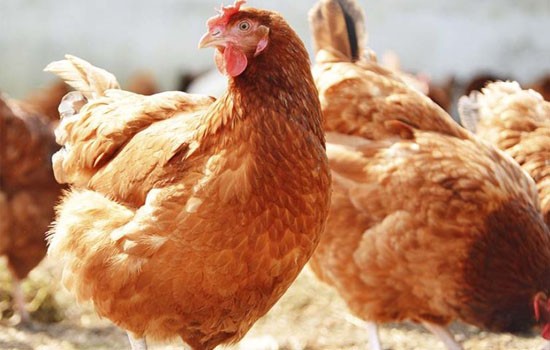Misconceptions about automated broiler equipment for raising chickens to cool down
- font size
- Be the first to comment!
In the process of raising chickens with automatic broiler equipment in summer, it is a job that farmers must do to prevent heatstroke and cool down the chickens in the chicken house. Scientific and effective cooling can ensure the healthy growth of chickens and a comfortable growth and production environment. Reduce the occurrence of flock stress caused by high temperature in summer. However, many farmers blindly carry out cooling work because they are not proficient in cooling technology, and the results are counterproductive. The following chicken cage manufacturers will tell farmers about several common mistakes in cooling broiler equipment.
- Only pay attention to the heatstroke prevention and cooling work of laying hens: Many farmers only pay attention to the cooling work of laying hens during the laying period. actually not. As the age increases, the required ambient temperature should gradually decrease. If it is one week in the chick, because the required ambient temperature is 32-35 °C, it will not have much effect. In the second week, and even thereafter, the required ambient temperature should drop by 1°C every 3 days until it drops to 21-18°C. If it is summer brooding, the outside temperature is often above 30 ℃. When the ambient temperature is too high, the feed intake of the chicks will also be reduced due to the influence of the high temperature. Thus affecting the growth and development of chicks. In addition, for laying hens in the breeding stage, it will be due to high temperature. This leads to a decrease in feed intake and a low weight of the chicken, which will affect the start of production and the continued high yield of the chicken.
- Planting too many leafy trees: Many farmers plant trees around when building chicken coops, thinking that they can shade and reduce the temperature of the chicken coop. Although the starting point is good, but there are more trees, more trees, all kinds of birds, insects, mosquitoes, flies, etc. will increase. These bugs are the source of disease transmission and can lead to major outbreaks in chicken farms. A good idea is to use shade nets around the coop. If a wet curtain is installed in the house, a shading net can be installed outside the automatic poultry environmentcontrol system-wet curtain to prevent direct sunlight from weakening the cooling effect of the wet curtain.

- The chicken feed is too finely processed: the high temperature in summer will cause the chickens to drink more water. Therefore, when manure is produced every day, farmers can see pelleted feed. Farmers think that the chickens have not been digested, so the feed is processed a little more, which is conducive to digestion. But this is a wrong notion. The water intake in summer is 4 times that in winter. Therefore, in summer, the amount of feed intake decreases, the amount of water intake increases, and it is normal that there is pelletized feed in the feces. Farmers need not worry too much. Because chickens do not have specialized urination organs due to their high water intake. So the water you drink will be quickly excreted with the cloaca. As a result, some feeds stay in the digestive tract for a shortened time and are not fully digested. If the chicken feed is processed too finely, the palatability will become poor, resulting in a further reduction in the chicken feed intake, which has a greater impact.
- It is convenient to add too much sodium bicarbonate to the water: In order to help chickens cool down and cool down, many farmers add sodium bicarbonate and vitamin C to the drinking water at the same time. Adding sodium bicarbonate can effectively regulate the acid-base balance in chickens and significantly improve the ability of chickens to resist heat stress. This is a wrong concept.
- Immunization with drinking water is not carried out correctly: In order to prevent the outbreak of infectious diseases in chickens in summer, the vaccine is vaccinated through drinking water. However, when carrying out drinking water immunization, farmers should reasonably carry out the above internal immunization, the selection and preparation of vaccines and the correct method of drinking water immunization, etc. The farmers must master it well. Otherwise, the phenomenon of drinking water immunity failure is easy to occur.
The above five points are some misconceptions and practices that farmers have in summer broiler equipment for raising chickens in the summer broiler cage equipment summarized by automatic chicken cage manufacturers for heatstroke prevention and cooling. It is hoped that farmers can avoid mistakes in the future breeding process through the above understanding.


